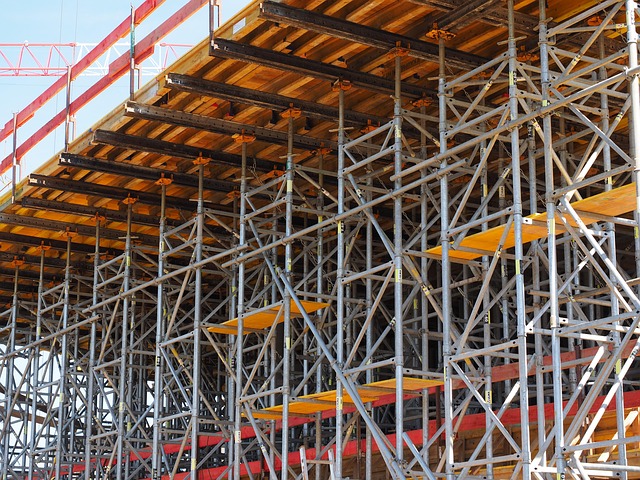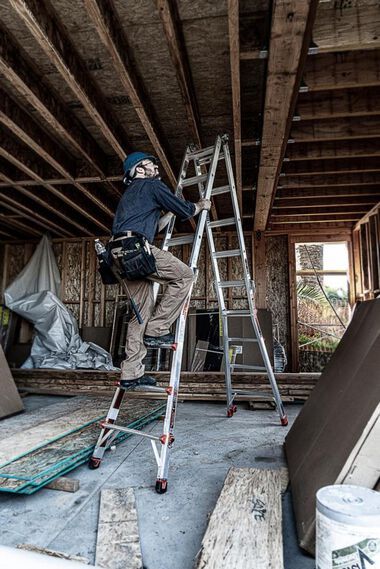Access and Machinery
1. Scissor Lifts
The business acknowledges the value of having staff members with a range of backgrounds, experiences, genders, and races. This diversity fosters innovation, innovative problem-solving, and a deeper cProjects requiring vertical access to comparatively flat surfaces are best suited for scissor lifts.=
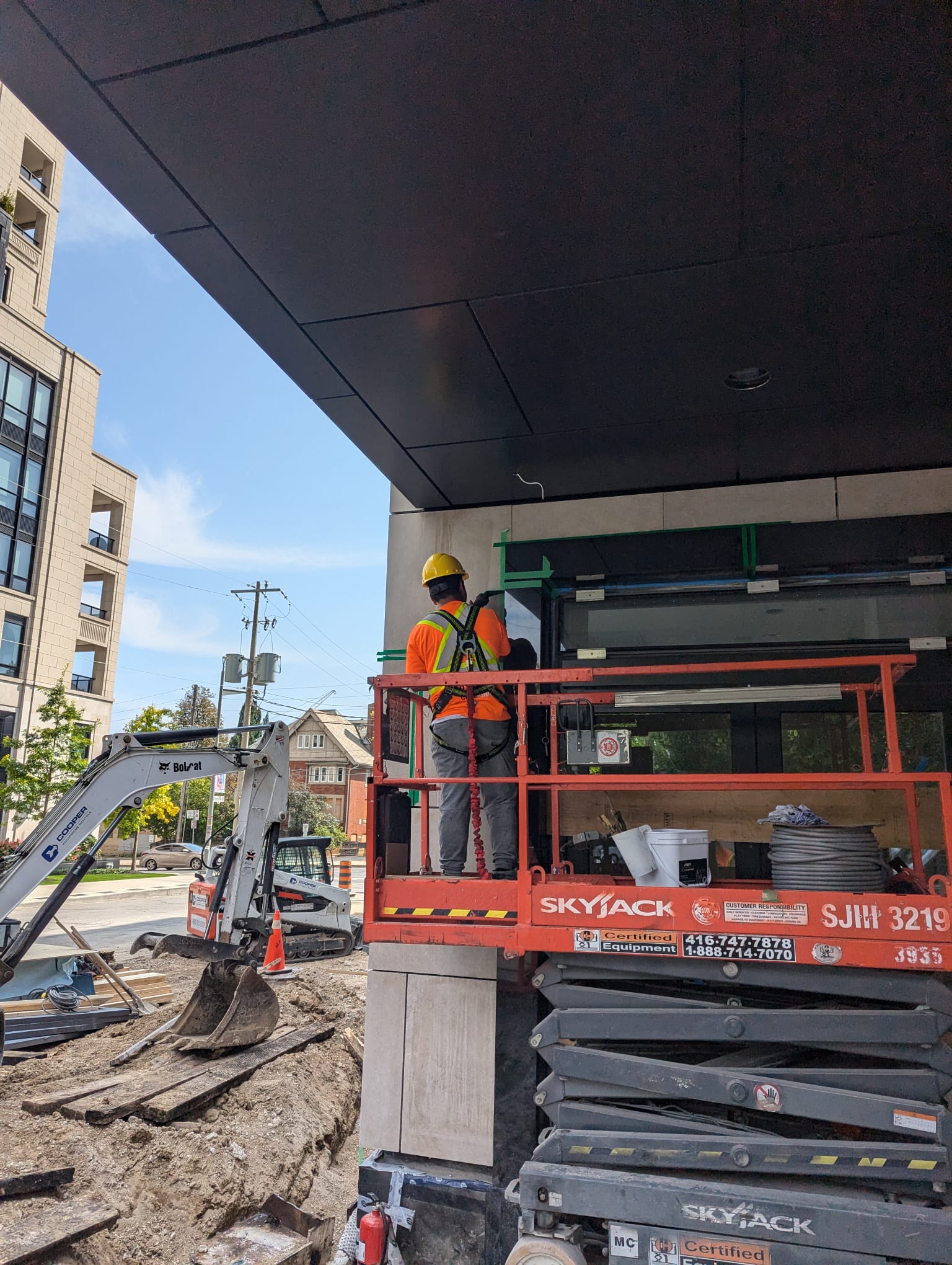
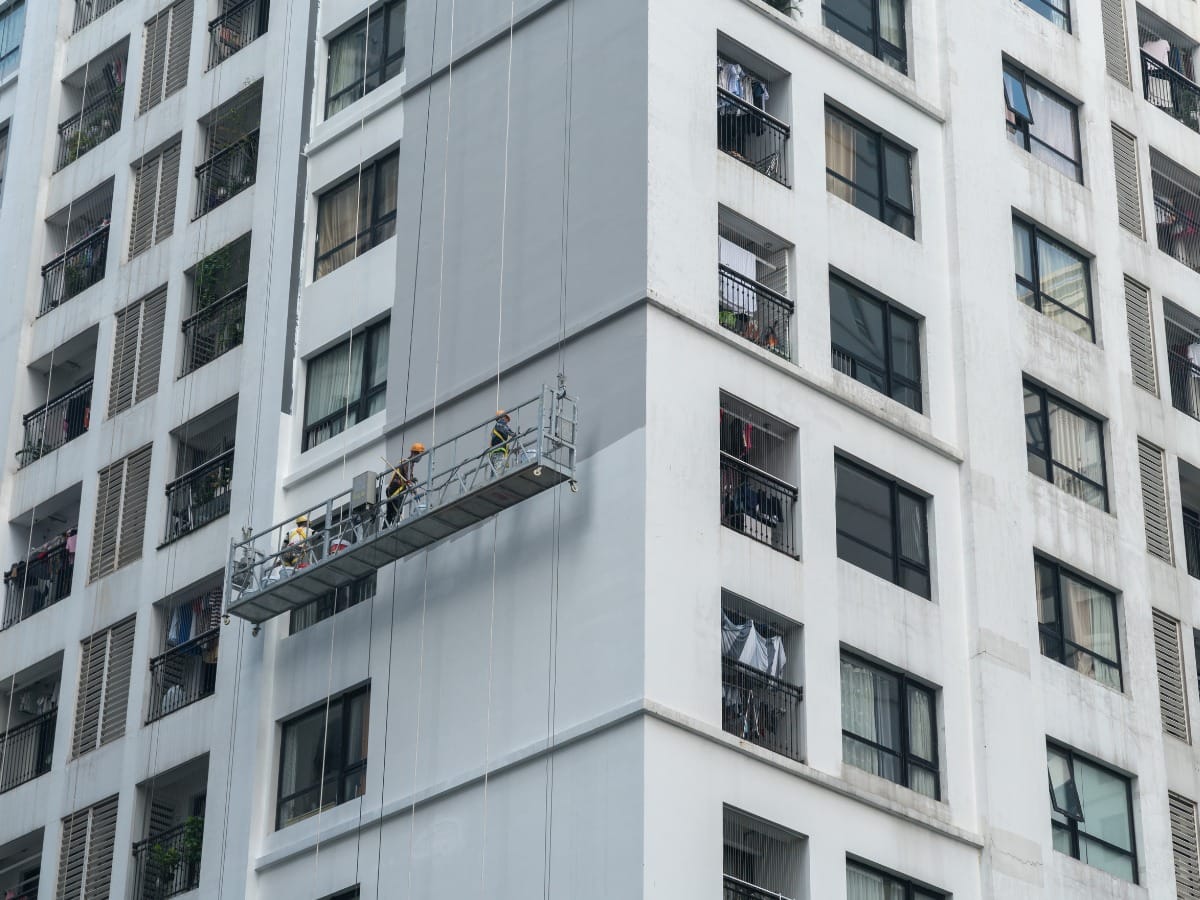
2. Swing Stages (Suspended Scaffold Systems)
For high-rise structures where alternative access techniques might not be feasible, swing stages—also referred to as suspended scaffolds—are ideal. Workers can easily reach the outside of towering structures thanks to these platforms, which are hanging from a roof or other secure anchor point.
3. Boom Lifts
Boom lifts, often known as cherry pickers, are multipurpose access platforms with both vertical and horizontal extension. They are perfect for restoration work where direct access to some regions may be challenging because of their ability to maneuver around obstructions.
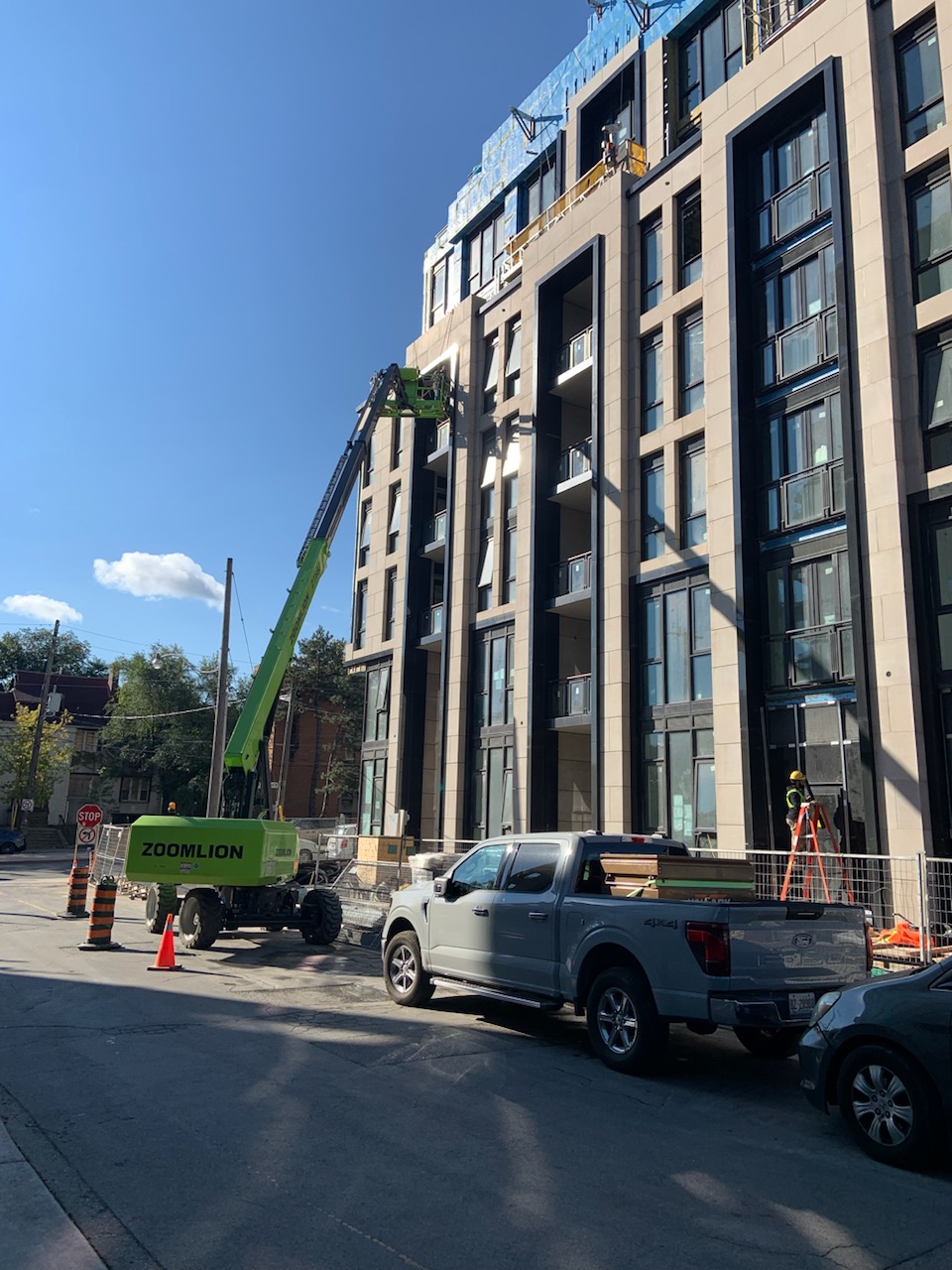
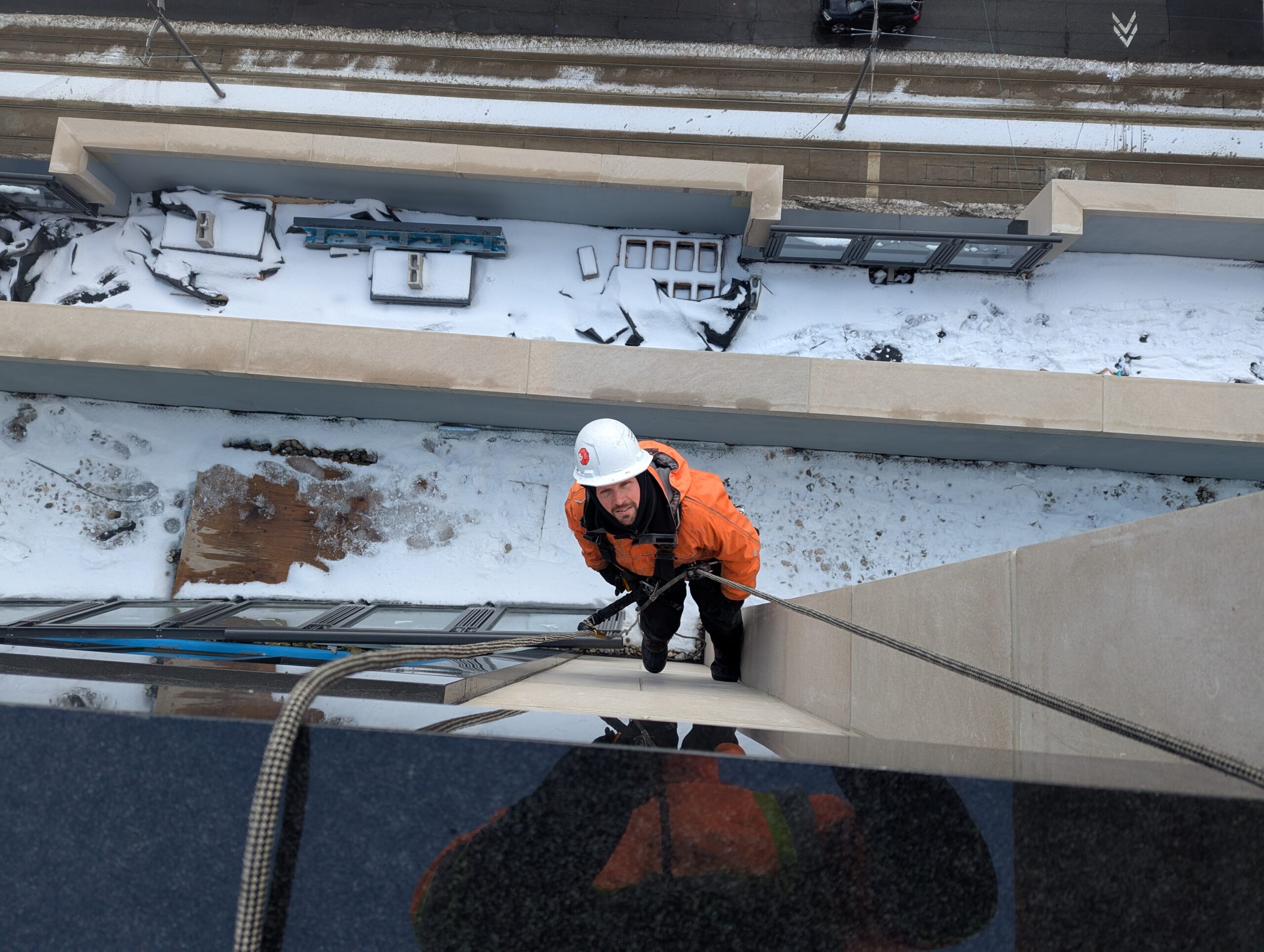
4. Rope Access
Rope access works well for more complex or difficult-to-reach locations. With this method, highly qualified technicians enter the building using ropes and harnesses. For small-scale restoration tasks, masonry repairs, window washing, and other detailed work on towering buildings, rope access is especially helpful.
5. Scaffolding
A classic yet very successful way to grant access to buildings for restoration work is scaffolding. Scaffolding provides a solid and secure working environment for larger projects, supporting numerous workers and tools at different levels.
